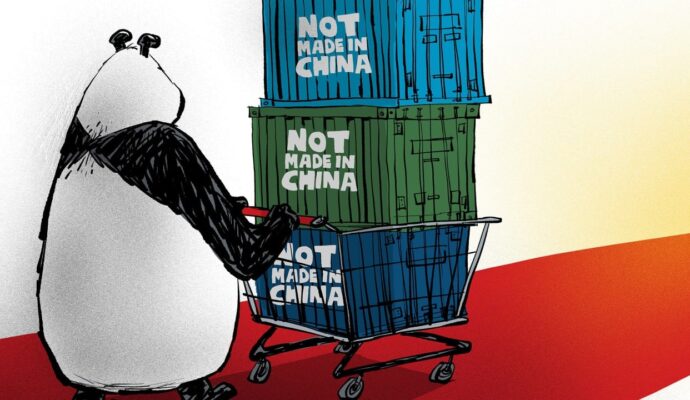Supply chain competition between China and the United States is set to intensify over the next five years, with eight developing countries – including four in the Association of Southeast Asian Nations (Asean) – poised to benefit from the relocation of manufacturing from China, according to a recent study.
Advertisement
The research, published in the Chinese journal Economist, identifies Malaysia, Vietnam, Mexico, Turkey, Thailand, Indonesia, India and Brazil as the top candidates likely to benefit from shifting global production. All eight economies offer lower labour costs than China and maintain strong trade ties with Western markets, the authors said.
Driven by growing Chinese outbound investment and sustained US demand for exports, the eight economies could emerge as critical links in changing global supply chains, the study found.
The study was published last month as a second trade war between the world’s two largest economies severely disrupted global supply chains, raised costs and prompted strategic realignments.
Advertisement
Co-authored by a researcher from the Chinese Academy of Social Sciences, a prominent state think tank, the paper links the US National Security Strategy for 2023–2033 – which casts the decade as “decisive” for US-China competition – with Beijing’s 15th Five-Year Plan (2026–2030), seen as a critical window to achieve its 2035 modernisation goals.


